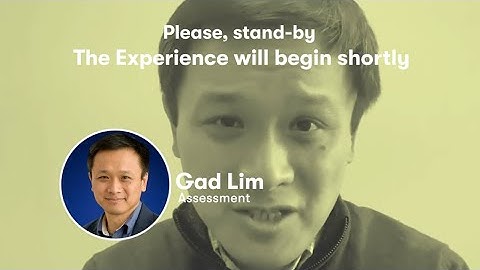More recent research has extended CALP to include the following three dimensions of academic English: Show
Now That We Know What Academic Language Is, How Do We Help Students Learn It?We have two main sources for identifying what words constitute academic language that we must explicitly teach. The first source includes words and usage that are required by units we teach. After identifying critical vocabulary in, say, a persuasive essay unit -- convince, reason, counter-argument, etc. -- we will pre-teach approximately 20 words, first by reviewing pronunciation, and then by having students . . .
The other primary source is an academic vocabulary list divided by grade level, like the list created by the Berkeley, California Public Schools or the guide developed by the Tennessee Department of Education (with Robert Marzano's assistance) that categorizes academic words by content area. Of course, other lists are also available on the Web. An activity that uses words from these lists is one of the most popular lessons we facilitate. For 20 minutes three times each week, we divide students into groups determined by levels of English proficiency. (We support mixed groups and are opposed to tracking by ability. In our multilevel class, we clarify that divisions are based on whether students studied English in their home country, not intelligence.) Then with peer tutors, student teachers, bilingual aides or instructors alternating as they facilitate an activity with one group -- while other students are doing something else -- we discuss three or four new words aligned with the appropriate "grade level." (The actual grade for the list -- kindergarten, first grade, etc. -- does not appear on the copies we give students. Our learners don't need to be reminded how far away they are from English proficiency.) After defining words with the same reinforcing activities that we use with word charts for units, we write down "question and answer frames" for each of the words: "Do you believe that ______________________?" We ask each student questions, and then they question each other, adapting the "frames" to their own interests. Then students review previously learned words with each other. Reinforcement Through ContextThere are a number of reasons why students enjoy doing this activity. One, they teach each other -- both in their practice and by using prior knowledge to complete the question and answer frames. Two, we bring a spirit of fun to the lessons. For example, we might begin by modeling, "Do you believe that Mr. Ferlazzo is the best teacher in the world?" to provoke laughter (and disagreement!). Students will subsequently develop their own questions that apply academic vocabulary to a similarly humorous topic. And third, students can easily quantify how much new knowledge they are learning each day, because knowing they are making meaningful progress is essential for self-confidence (also known as The Progress Principle). Research suggests that we need to come in contact with a new word many times in various contexts in order to truly learn it. So in addition to the methods already discussed, we reinforce new vocabulary knowledge in other ways, such as regular classroom games, use of Vine and Instagram to create definitions of the words (we show an example below, and you can see more here), and having students use online academic vocabulary exercises (our favorites are Vocabulary Exercises For The Academic Word List, The Academic Word List at UoP and English Online). What has worked best for you and your students in teaching and learning academic vocabulary? How long does it take to acquire academic language?longer to develop than oral English proficiency, and that the range for academic English proficiency development, by these measures, takes between 4 to 7 years.
What is academic language?Academic language is a meta-language that helps learners acquire the 50,000 words they are expected to have internalized by the end of high school and includes everything from illustration and chart literacy to speaking, grammar, and genres within fields.
How long does it take to acquire a second language?Most experts agree that this process takes between five to seven years. Many researchers have concluded that first language and literacy skills directly affect second language learning. The stronger the first language skills, the faster the learning.
How long does it typically take a second language learner to acquire academic language competence?Students typically acquire CALP in five to seven years, a period during which they spend a significant amount of time struggling with academic concepts in the classroom.
|

zusammenhängende Posts
Werbung
NEUESTEN NACHRICHTEN
Werbung
Populer
Werbung

Urheberrechte © © 2024 defrojeostern Inc.


















